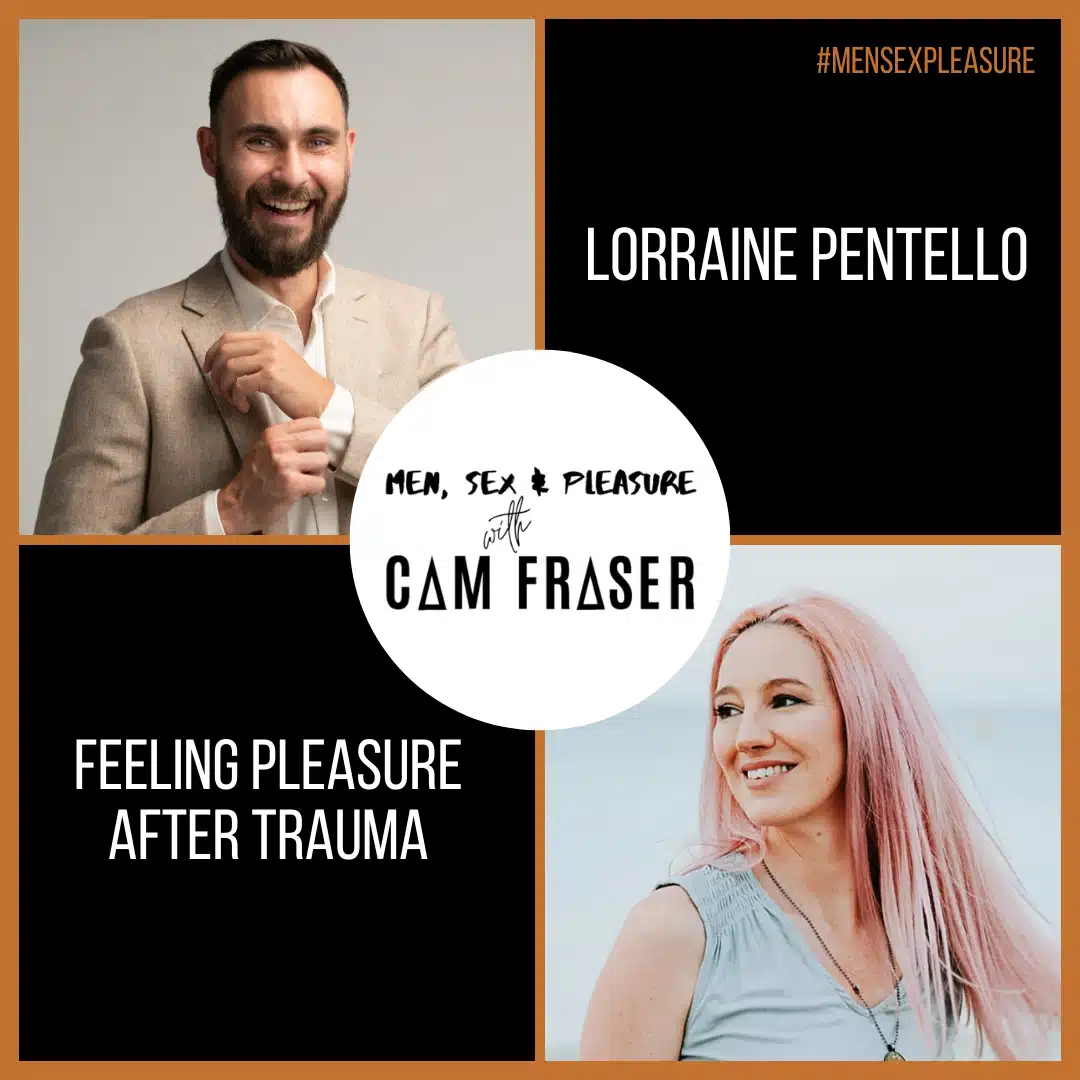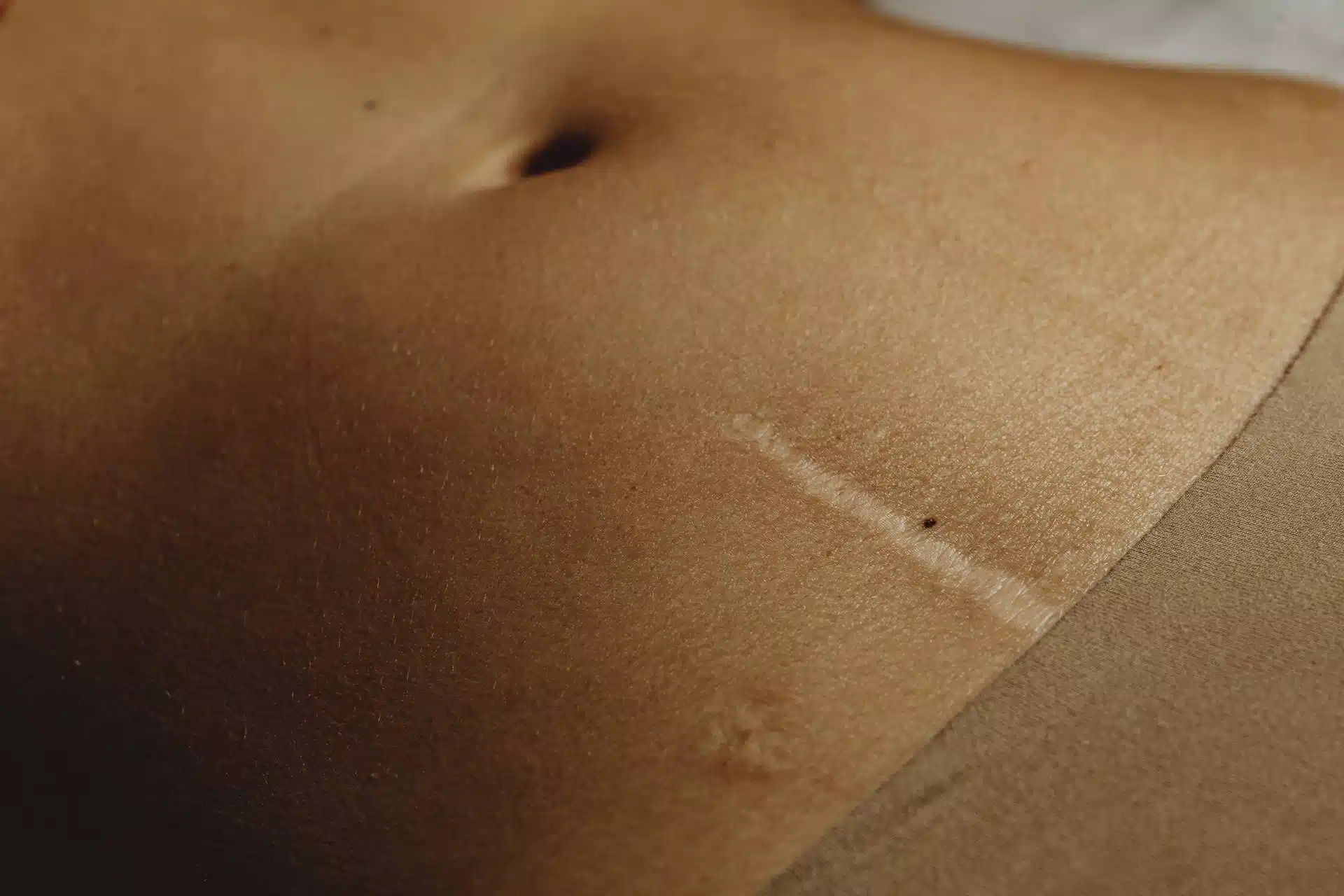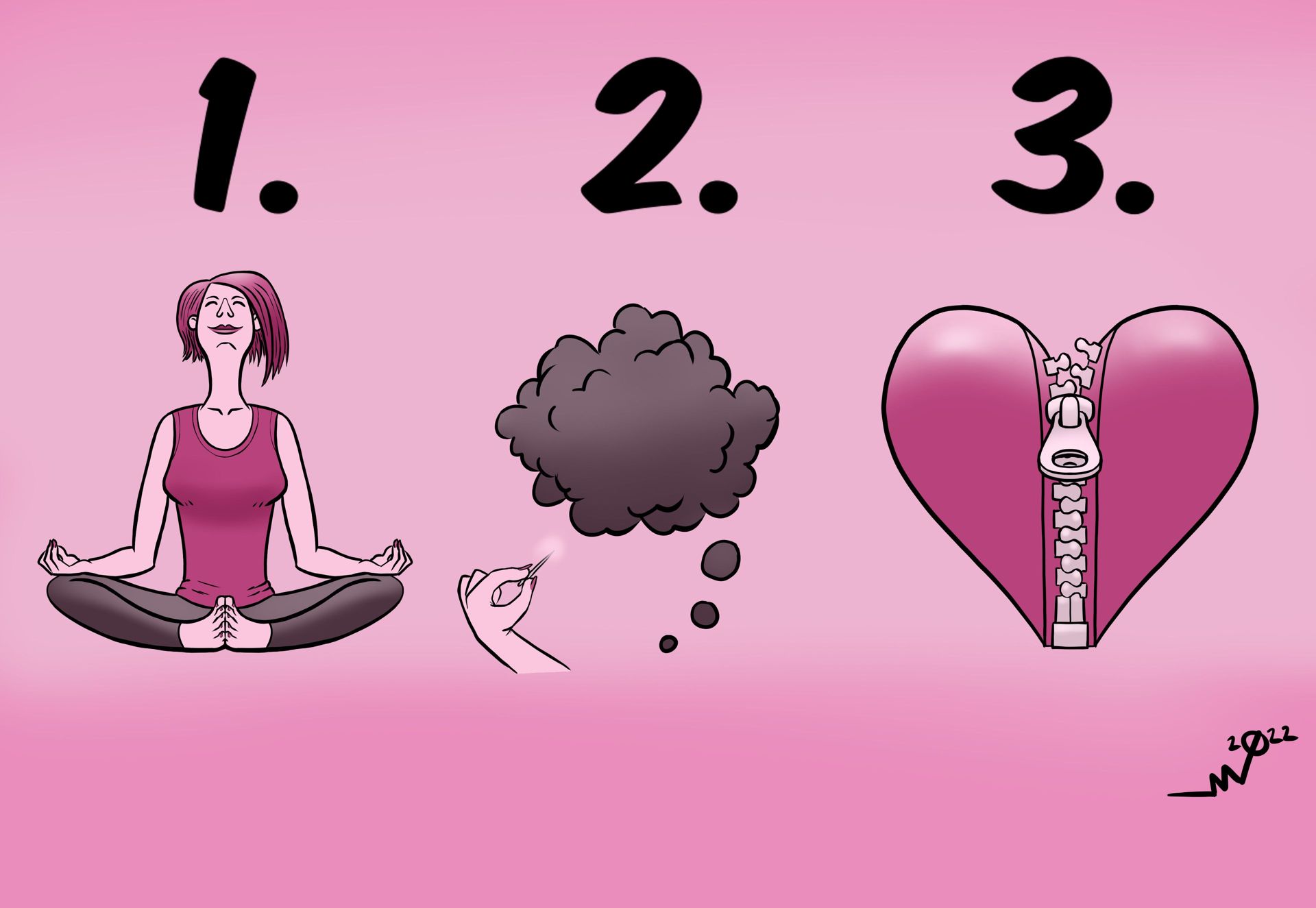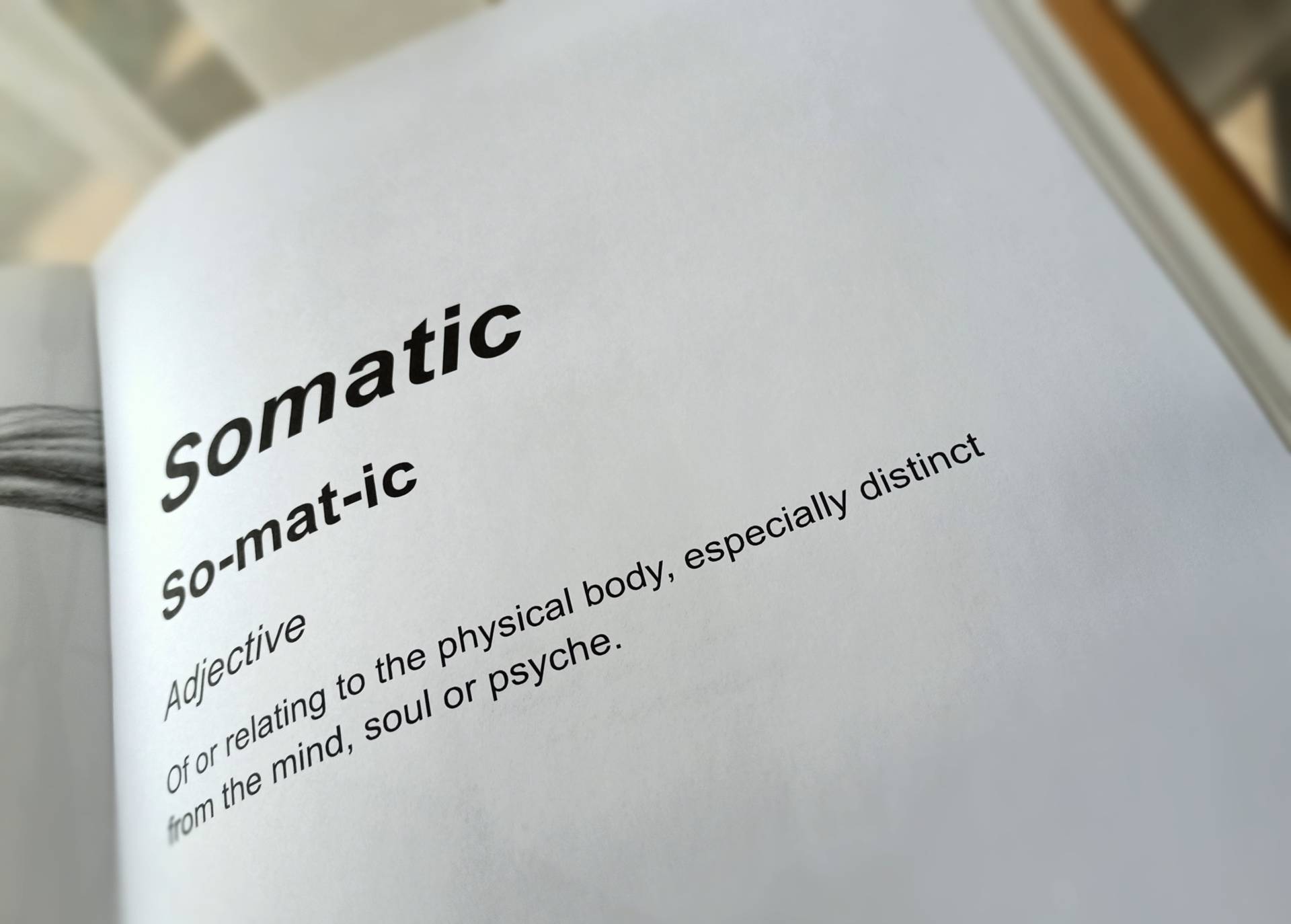What is Traumatic Dissociation?

“When a client dissociates…” the tutor paused as I raised my hand to ask a question.
I was at my first trauma training weekend and I was feeling confused.
“What’s dissociation?” I asked, feeling my face starting to redden.
I felt ashamed that I didn’t know what she meant.
“Ask me a question and I’ll demonstrate it, let's role play together for the class.” she replied with a smile.
My mind suddenly went blank and my body felt heavy and floppy. I felt like I was viewing the room through binoculars turned the wrong way.
“Errm…” I stumbled over my response as she patiently waited for me to reply, her smile unchanged and her eyes looking straight into mine.
I felt the whole room staring at me. Words disintegrated and detached from their meaning as I fumbled for them.
I finally remembered to take a deep breath and, in doing so, had a sudden realisation.
“I just did it then, didn’t I?”
“Yes, exactly!” she exclaimed, and jumped back into her lecture, never missing a beat.
Roleplay complete!
I sat there blinking trying to process what had just happened. I still felt dissociated.
Why do we Dissociate?
Dissociation is our body’s way of helping us cope in a stressful or even life threatening situation by taking our attention away from danger and pain.
It happens because parts of the brain that are usually integrated and connected stop communicating. This can happen temporarily in short instances or become a chronic problem.
During dissociation our bodies create and release biochemicals that act like valium, morphine and cannabis; numbing us from pain, fear and anxiety.
Just like the mouse ‘playing dead’ in response to the stalking cat!
What Causes Dissociation?
Common dissociation can often be the result of distraction, preoccupation, tiredness or the effects of substances such as alcohol or drugs.
Dissociative disorders usually stem from a traumatic incident, chronic abuse, childhood neglect or growing up in an environment that didn’t feel safe. Even in loving and secure environments dissociated caregivers can pass on disscoiation to their children just by proxy
There can be a genetic component involved that makes someone more likely to experience it.
On the flip side there is also a small portion of the population who claim they don’t experience dissociation of any kind!
What Does it Feel Like to be Dissociated?
Due to the biochemicals floating around in our bodies, dissociation can feel a lot like being on drugs. It can make us feel spaced out and confused.
It can be hard to think clearly, speak or remember things. We can even feel numb, not just in our mind and emotions, but also in our bodies. It can feel like sleepwalking through life.
Dissociation can also be experienced as depression or a dream-like feeling that the world isn’t real or that you’re not real yourself!
In the form of a flashback it can take us to a previous time and place. In extreme cases it can cause psychosis. During this state people can do and say things that they have no control over or have any recollection of afterwards.
Healthy Dissociation and Unhealthy Dissociation
The majority of people experience healthy dissociation at some point in their lives. Have you ever just disappeared into a book and forgot that the world exists around you? Or driven home on autopilot while daydreaming and couldn’t remember the trip at all?
This is a common type of dissociation where we’re completely absorbed and distracted by an activity or thought. These experiences aren’t usually recognised as unpleasant. Even the experience I had of getting nervous about an impromptu public performance could be classified as a mild and relatively healthy response to stress.
Dissociation exists on a spectrum with these ordinary experiences on one end, and with psychosis and chronic disorders that interfere with everyday functioning on the other.
What Can be Done About it?
In my practice, the first thing I do is teach my clients how to notice when they are becoming dissociated. This might sound like something that should be obvious, but with chronic dissociative patterns it is common for people to become so used to slipping into this state that they often don’t realise they’re doing it.
Once they can spot these patterns happening we then use grounding practices to stay in the present or bring them back from the precipice of dissociation.
This generally involves deep breathing and embodiment techniques, such as orienting yourself in the environment and mindfully taking in your surroundings, or bringing awareness to the feeling of your body connecting with the world, such as your feet on the floor or your bum on the chair. It could also involve movement exercises or mindful touch. Check out the three part video series I did on instagram guiding some of these exercises.
Just practising this focused attention on a daily basis can start to shift chronic dissociation patterns.
I’ve heard first-hand accounts of people having incredible results with Transcranial Magnetic Stimulation (TMS) therapy which is a gentle non-invasive procedure using magnetic fields to stimulate nerve cells in the brain and Neurofeedback Therapy which involves activating the brain with tools such as playing simple video games or listening to music.
When Forgotten Memories Resurface
When a chronic dissociative pattern starts to shift and the brain starts to rewire and integrate, some memories that were lost and forgotten can start to resurface.
This doesn’t mean that all the forgotten memories will come back, some never do. We also can’t choose which ones will resurface.
If the memories are traumatic or confusing, trauma processing therapies such as EMDR can help to integrate these memories so they no longer feel disturbing.
Conclusion
In a nutshell, dissociation exists on a spectrum from ordinary instances of being lost in a task all the way to the extreme experience of psychosis.
In most cases, chronic dissociation can be remedied using embodiment techniques, EMDR, TMS therapy or Neurofeedback. There are also many other body based therapies out there that help with dissociation; these are just a few that I’ve found to have remarkable results.


How to do Anal Massage Post Prostate Cancer Surgery
with Victoria Cullen

Case Study: Libido Restored Post Prostate Surgery!
with Victoria Cullen

Feeling Pleasure After Trauma
with Cam Fraser

What is Traumatic Dissociation?

Turning Down the Dial on Anxiety

Things to be Wary of When You are Experiencing Premature Ejaculation

How to Overcome Premature Ejaculation

Premature Ejaculation is Not a Disease!

The Dark Side of Make-Up Sex

How I Learned to Manage My Panic Attacks

Are You Worried About Your Libido?

Combining EMDR and Scar Remediation

What is Scar Remediation?

How to Make an Organic Castor Oil Pack to Treat Scar Tissue

What Are Scars? It Could Be the Answer to Your Chronic Pelvic Pain!

The Three Phases of Trauma Therapy

What is EMDR Therapy?

What is Somatic Sex Therapy?

What is Sexological Bodywork?

How to Resolve Pelvic Pain, Erection Challenges and Ejaculatory Issues Holistically
with Rahi Chun

Why I love guys who can't get it up
with Georgie Wolf

Sexual Healing
with Sean Nicholas

What Can I Do About My Protruding Inner Labia?
with Charlotte Sway & Roger Butler

Why Are Men Such Dicks?
with Charlotte Sway & Roger Butler

Can You Teach People How To Touch?
with Charlotte Sway & Roger Butler

